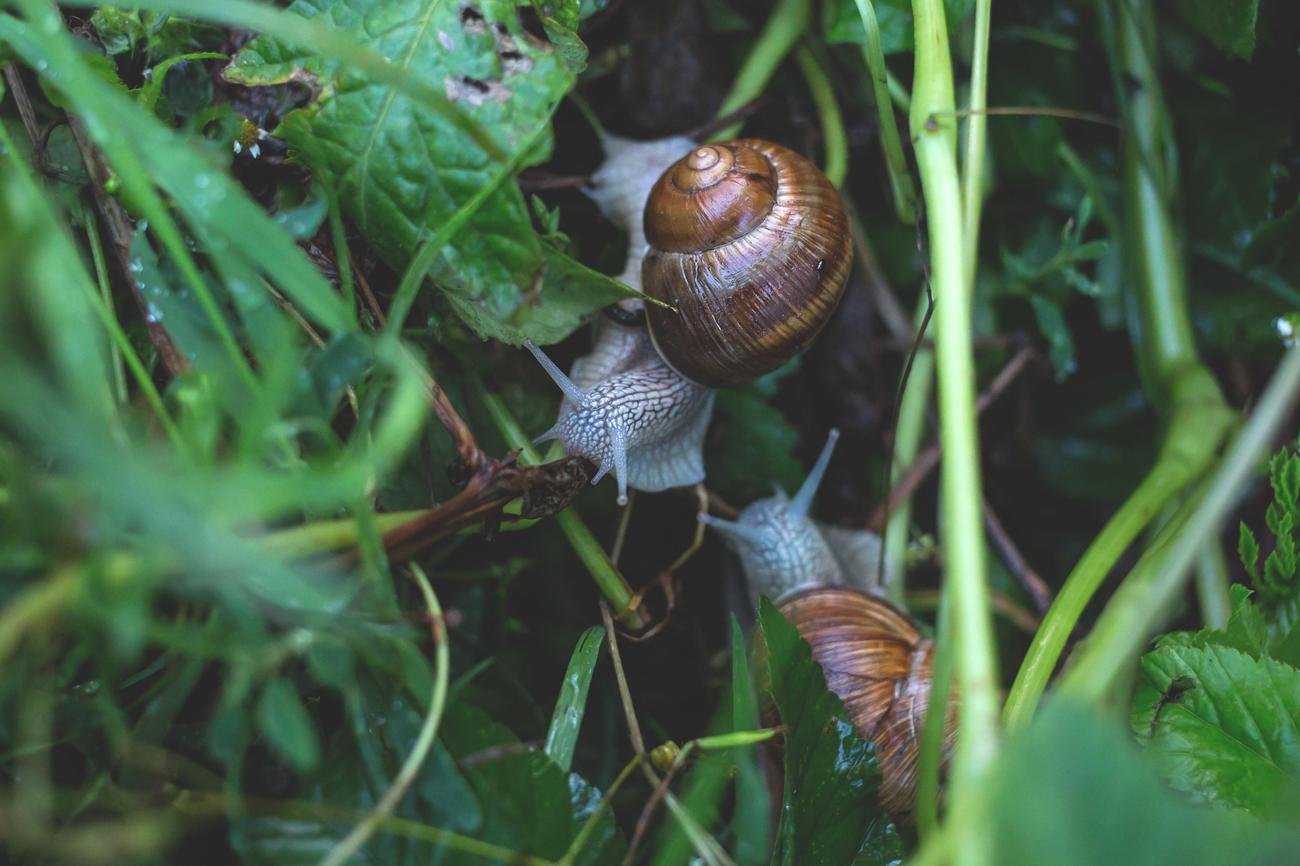Are your kids fascinated by all things gooey and slimy? Well, get ready to dive into a world of squishy excitement because this article is all about fun slime facts for children! From the science behind slime to the coolest slime experiments, we’re about to uncover the secrets of this oozy substance that kids can’t get enough of. So, get ready to unleash your child’s curiosity and embark on a slimy adventure they’ll never forget!

Fun Slime Facts for Children
Slime may look like a simple gooey substance, but did you know that it actually has a fascinating history and some surprising benefits? Get ready to explore the extraordinary world of slime with these fun facts that will captivate the minds of children!
1. Slime has been used for centuries for its healing properties. Ancient civilizations, such as the Egyptians and Greeks, discovered that slime-like substances had medicinal qualities. They would use natural ingredients like aloe vera and snail mucus to create soothing ointments and treatments for various ailments and wounds. So, the next time you play with slime, remember that it has a long history of being a helpful and healing substance!
2. There are more than 900 species of slime mold in the world. Slime molds are intriguing organisms that can be found in forests, meadows, and even on decaying logs. While they may not be as pretty as flowers or butterflies, they have their own unique beauty. Some slime molds can change their shape and form intricate patterns as they move and feed. They may seem strange, but these slime molds play an important role in our ecosystem!
3. Toy slime was actually invented in 1976. Have you ever wondered when slime became a popular toy? Well, it was in the late 1970s! The first toy slime called “The Original Slime” was created by Mattel and quickly became a sensation. Since then, slime has evolved into a classic toy loved by kids all around the world. It’s fun to think that something so simple has brought joy to generations of children!
4. Slugs use slime to protect their soft bodies. Slime isn’t just for playtime; it serves a vital purpose in nature too! Slugs produce slime to create a slimy trail that they glide on. This helps to protect their soft bodies and keeps them moist. Next time you come across a slug, remember that its slime is a clever adaptation that helps it survive in its environment!
5. Slime activities can be educational for kids. Who said learning couldn’t be fun? Slime activities provide a great opportunity for children to learn about science, chemistry, and even problem-solving. By experimenting with different slime recipes and observing the chemical reactions, kids can develop their scientific thinking skills while having a blast. So, don’t be afraid to get messy and explore the scientific wonders of slime!
6. There is a variety of slime recipes for kids to try. Slime-making is a creative and hands-on activity that allows kids to experiment with different ingredients and textures. From fluffy slime to glitter slime, the possibilities are endless! The best part is that most slime recipes use common household items, so you can easily find the ingredients at home. Get ready to be amazed by the fascinating transformations that occur when you mix these simple ingredients together!
7. Slime is a fun way to incorporate STEM activities for kids. STEM stands for Science, Technology, Engineering, and Mathematics. By engaging in slime-related activities, children can explore these subjects in a hands-on and exciting way. They can learn about the properties of matter, the concept of viscosity, and even practice measuring and following step-by-step instructions. So, grab your lab coat and goggles, and let the slime experiments begin!
8. Slime can be used for fine motor skills development. Playing with slime is not only entertaining, but it can also help children develop their fine motor skills. When they stretch, squeeze, and mold slime, they are engaging the muscles in their hands and fingers. This improves their hand-eye coordination and strengthens their dexterity. So, next time you’re playing with slime, know that you’re also giving your hands a workout!
9. Slime provides tactile stimulation for children. The texture and squishiness of slime can be incredibly satisfying to touch and manipulate. It stimulates the sense of touch and provides a sensory experience for children. The oozy and stretchy nature of slime can be calming and soothing, making it a popular sensory tool for kids with sensory processing differences. By playing with slime, children can explore different textures and sensations in a fun and safe way.
As you can see, slime is far more than just a gooey substance. It has a rich history, offers educational opportunities, and provides countless hours of imaginative play. So, the next time you dive into a slime adventure, remember all the fascinating facts that make slime so special! As Albert Einstein once said, “The only way to discover the limits of the possible is to go beyond them into the impossible.”
Do you know what makes slime so fascinating? Click here to discover 10 fun facts about slime for kids! Trust me, you won’t believe some of the slimy secrets we’ve uncovered. From its origins to its mesmerizing textures, this article will take you on a slime-filled adventure. Get ready to be amazed and learn something new about this gooey sensation! So, what are you waiting for? Dive into the world of slime by clicking on this link: 10 Fun Facts About Slime For Kids.

FAQ
Question 1: What are the healing benefits of slime?
Answer 1: Slime has been found to have various healing benefits. The tactile sensation of playing with slime can help children relax and reduce stress. It can also improve focus and enhance sensory awareness. Additionally, slime can be used as a tool for occupational therapy to improve fine motor skills and muscle strength.
Question 2: Did ancient civilizations use slime?
Answer 2: Yes, ancient civilizations like the Egyptians and Mesopotamians used natural substances to create slime-like materials. They would mix ingredients like gum resin, beeswax, and gum Arabic to make adhesive substances that could be used for various purposes, including pottery decoration and construction.
Question 3: How many species of slime mold are there in the world?
Answer 3: There are more than 900 species of slime mold found across the world. These fascinating organisms come in a variety of shapes, sizes, and colors. Despite being called “slime mold,” they are not true molds or fungi but rather belong to a unique group of organisms with characteristics of both animals and fungi.
Question 4: When was toy slime invented?
Answer 4: Toy slime, as we know it today, was invented in 1976. It was originally created by Mattel and marketed as “Slime.” This squishy and stretchy toy quickly became popular among children and has continued to be a favorite sensory play material ever since.
Question 5: How do slugs use slime?
Answer 5: Slugs use slime as a means of protection for their soft bodies. The mucus they produce creates a slippery barrier that helps them move smoothly and aids in preventing dehydration. It also acts as a defense mechanism against predators, making it difficult for them to grab hold of the slimy slug.
- Unveiling Bernhard Caesar Einstein’s Scientific Achievements: A Legacy in Engineering - July 15, 2025
- Uncover who is Jerry McSorley: CEO, Family Man, Business Success Story - July 15, 2025
- Discover Bernhard Caesar Einstein’s Scientific Contributions: Unveiling a Legacy Beyond Einstein - July 15, 2025















